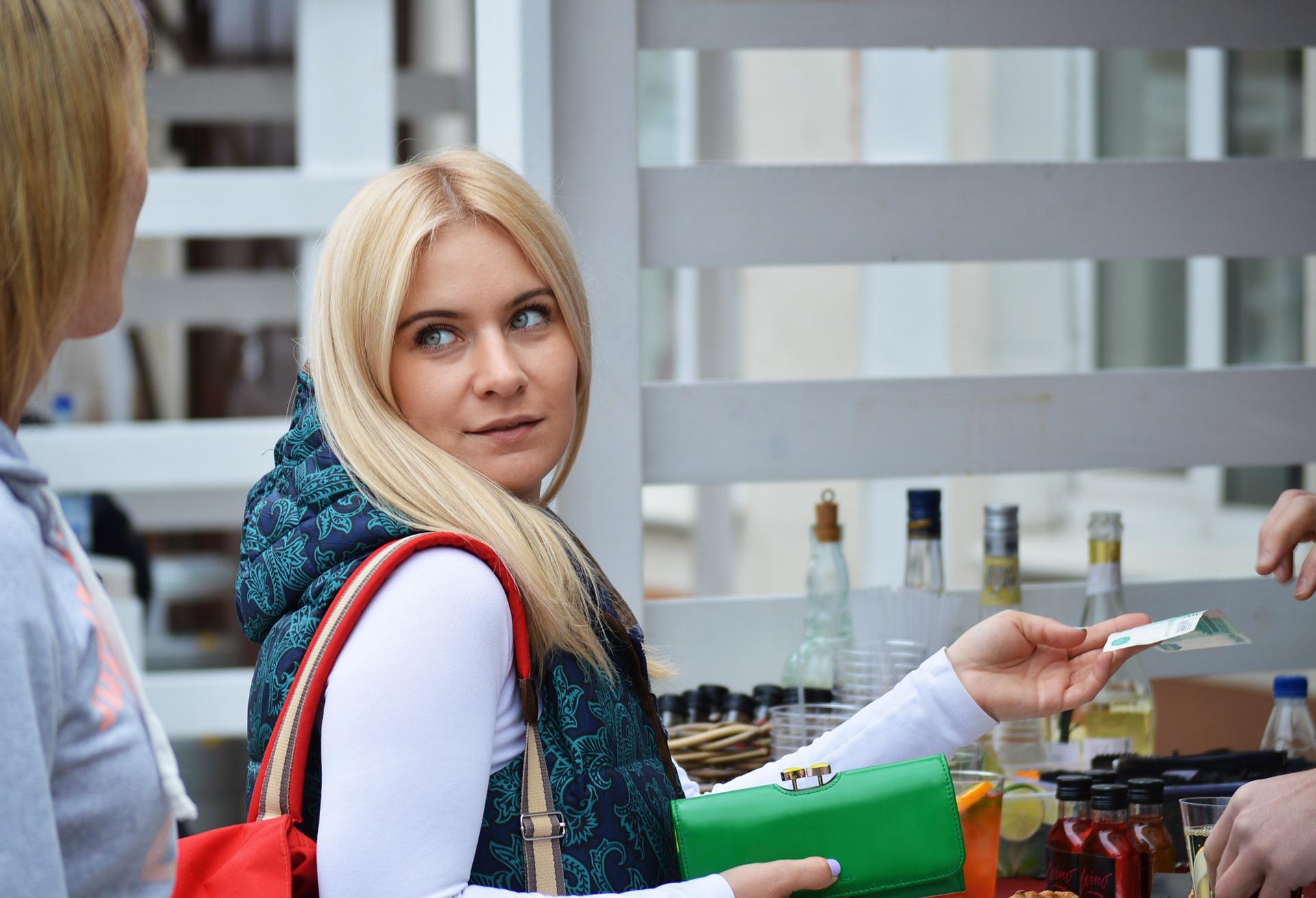
Since the pandemic, consumers have become a lot more discerning when it comes to their ad consumption. Super Bowl LVI’s national ads, for example, accounted for more than 40% of all TV ad impressions on linear TV in 2022. And since ‘nostalgia’ was the theme of the event, it was successful in resonating and instilling happy emotions, hence being memorable and giving the event a longer lasting impression.
We’ve seen the success from brands bringing in the old with a spin. The halftime show was a torrent of early-Noughties hip hop, whilst brands pounced on the fixation with the past. There was the return of Jim Carey’s Cable Guy alongside Verizon and GM brought Austin Powers back to life. It’s about taking the best things of a time and holding onto them.
While Super Bowl LVI has come and gone, the nostalgia for the ‘90s and early 2000s that its advertising draped itself in is definitely here to stay. Whether it be Sex and the City back on TV, the return of Szechuan sauce at McDonalds or the resurrection of turn-of-millennium fashion trends, 2022 is looking back in time for its popular culture needs. This is unsurprising given the events of the last two years, as Covid-fatigued audiences look back to better times. However, it means that brands need to keep their messaging authentic and emotive if they wish to truly engage with their consumers.
A new metric has evolved
On top of this, there is an important metric that will drive change for advertisers. And that is Attention. Shifting away from Viewability to plan, buy, and measure campaigns, to focusing on Attention metrics as the main KPI.
Recent research conducted by Dentsu International and Teads into the attention economy clearly demonstrated that attention is up to three times more effective at predicting consumer outcomes than viewability – making it a hugely important thing for advertisers to understand and get to grips with as quickly as possible.
Indeed, there’s been an understanding across the media industry for some time now that relying on viewability alone is no longer good enough at showing how consumers are reacting to content on a page, and we’ve been searching for a better way to measure this for some time. The reality is that some drivers of viewability – such as the size of the format or the position on the page – can actually have a negative impact on attention levels. Moving forward then, advertisers will need to shift away from viewability, and buy, plan and measure campaigns which focus on attention metrics as their main KPI.
Attention’s four key drivers
Our research highlights four key drivers for attention that advertisers need to focus on to drive consumer attention.
1. Quality of Media
It may seem obvious, but viewable time is one of the most important drivers of attention – the study reinforces this by demonstrating that video and display ads both quantifiably benefitted from quality, viewable time. This means that both publishers and advertisers can drive high user engagement with quality content, this induces a slow scroll speed and a high average time in view (even higher than instream).
2. User Choice
Naturally, ads that are forced on consumers gain more attention compared to ads that are easily ignored. However, when a consumer voluntarily chooses to view an ad, it results in a significant impact on brand lift metrics, whether they viewed for 2 or 20 seconds.
3. Creative
While the importance of creativity on ad effectiveness has been well documented before, within the Attention Economy framework creative came out as by far the biggest driver of how hard attention works. The difference between good creative and poor creative can impact recall by as much as 17%.
4. Relevance
Finally, building on previous research, our study showed that placing ads within relevant context for the reader gives an uplift of attentive seconds per 1,000 of 13%
So, as we head further into 2022, uncertainty and a collective yearning for better times will likely continue to be driving factors for brands. Planning campaigns that captivate and are measured against ‘attention’ is something the advertisers should be looking to do, and any techniques that will help drive effectiveness and ensure ads are remembered will be welcomed by the industry.
Interested in hearing leading global brands discuss subjects like this in person? Find out more about Digital Marketing World Forum (#DMWF) Europe, London, North America, and Singapore.





